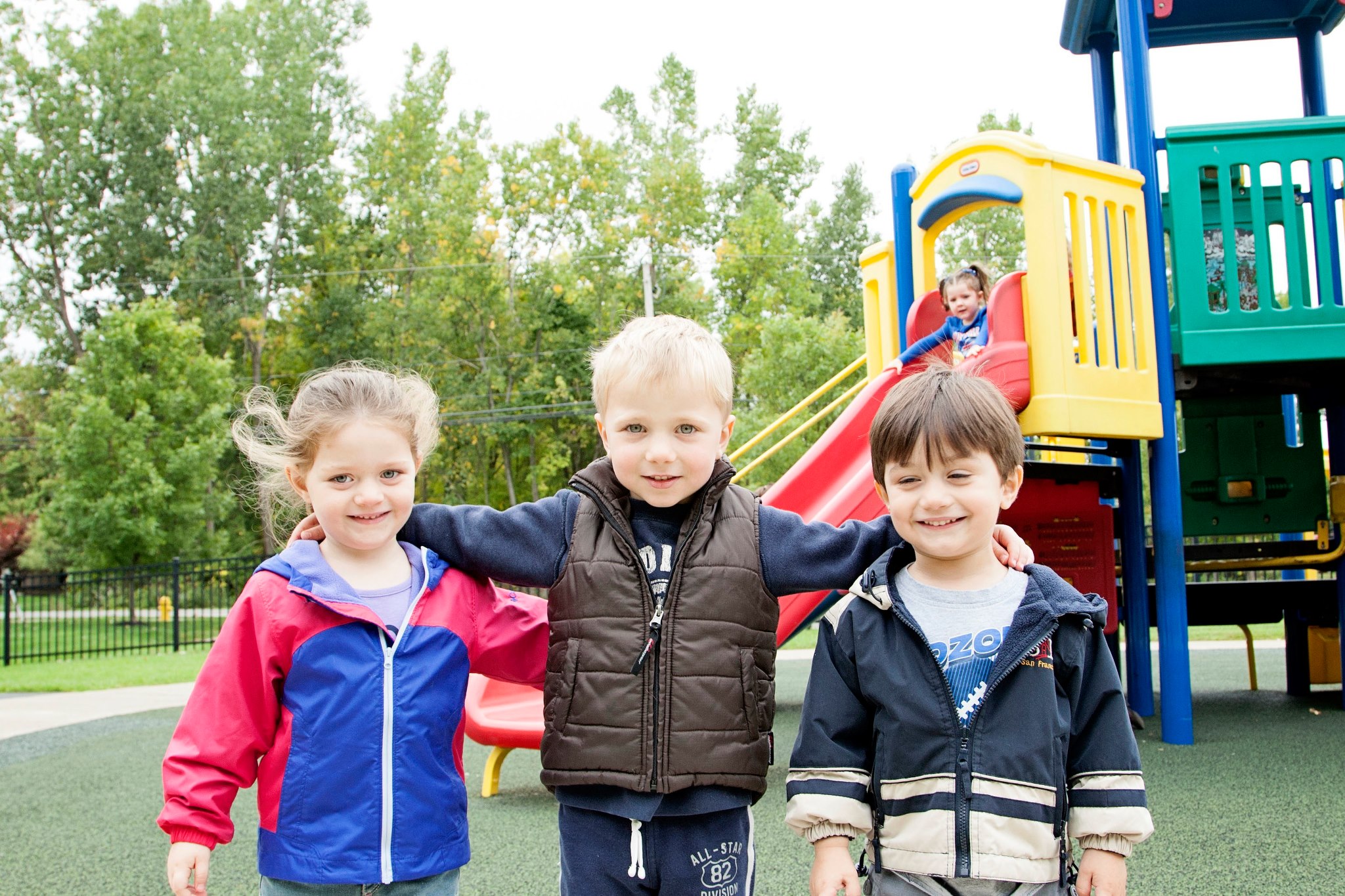 The holidays are such a festive time of year, with many opportunities to entertain, enjoy good food and friends and celebrate the season. However, it’s easy to be swept up in those activities and forget the meaning behind the holidays, in particular Thanksgiving.
The holidays are such a festive time of year, with many opportunities to entertain, enjoy good food and friends and celebrate the season. However, it’s easy to be swept up in those activities and forget the meaning behind the holidays, in particular Thanksgiving.
As parents, we strive every day to instill good values in our children and provide teachings that will help them grow to be well-rounded, self-sufficient, happy adults. With Thanksgiving upon us, the spotlight is on thankfulness and appreciating all we have in our lives. As adults we can comprehend this, take time to reflect upon it, but how do we teach our young children to be happy for the clothes on their backs, the food on the table and the love that surrounds them?
Christina Fecio, education director for Doodle Bugs! Children’s Centers, provides some the little things parents can do to help foster thankfulness in their children.
Ages 1 – 2: Thankfulness is an abstract concept for toddlers, but they are certainly capable of learning about and beginning to demonstrate empathy and good manners.
- Model good manners, drawing attention to the fact that we are always “feeling thankful” for being surrounded by our families and friends. Good manners will draw attention to the fact that we can show friends we feel thankful and happy by being kind and polite.
- Turn common songs into thankful songs, such as:
I’m Thankful (to the tune of “Row, Row, Row Your Boat”)
I’m thankful for my friends and for my family
I’m thankful for the food I eat
I’m happy to be me!
Ages 3: Preschoolers have the ability to say “thank you” and know basic manners. Parents can guide conversations that encourage them to share what they are thankful for.
- Talk to your child about Thanksgiving and what it represents. Focus on what it means to be “thankful” and the things you are thankful for in your life.
- During the Thanksgiving celebration start a tradition: have each attendee finish the sentence “I am thankful for…” and write it on a paper feather. Place all the feathers on a large turkey cut-out and read the feathers aloud after it’s finished.
Ages 4-5: As children prepare for kindergarten and beyond, they are more aware of their actions and able to vocalize their emotions better than ever. Continue conversations about what it means to be thankful and things you are thankful for.
Use books as a means to further articulate the thankfulness concept, such as: Thanksgiving is for Giving Thanks by Margaret Sutherland.
- Create thank you cards. Show your child how to fold a piece of paper so that the edges match. Have a conversation with him about who he is most thankful for in his life. Write down his words, exactly, and let him decorate his card.
Ages 5+: Older children can comprehend the meaning of friendship, kindness and generosity, as well as point it out when they observe it. Parents can identify fun activities to be done at home that focus on the true “gifts” of the holiday season.
- Update the paper chain idea from school to be focused on meaningful acts. Have a stack of colorful precut paper to be used for the loops. Whenever you or your child observe an act of kindness, thankfulness, generosity or friendship, write it on the strip and add the loop to the chain. At the end of the holidays, you’ll have a lovely chain to reflect upon.
Doodle Bugs! is a leader in educational child care and offers programs for children ages 6 weeks to 12 years. Visit www.doodlebugs.com for more information on Doodle Bugs! and their BRAVO! Curriculum.

Also, have them be part of giving back. Collect needed items. Work at a food pantry or soup kitchen. http://www.theevolutionofmom.com/2013/11/a-season-of-giving.html There are many things young children can do to be part of giving as well as receiving this holiday!